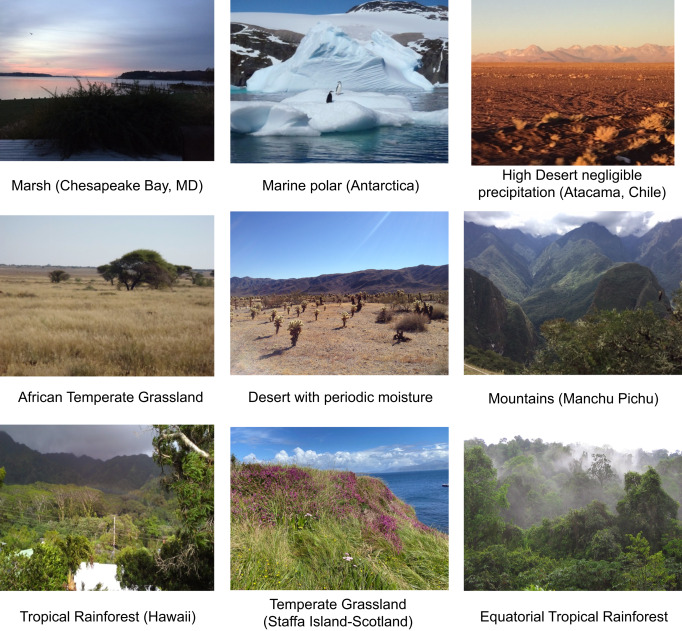this RCT attempts to incentivise fruits and vegetables purchase in India where the sector is largetly unorganised.The authors find that even though unorganised, the retailers were willing to participate in such a scheme which could have a widespread effect on population consumption pattern.
Fisheries Research, Volume 265, 2023, 106744
A critical reflection on fisheries conservation in the Mekong River is offered here. Adaptive co-management helped balance conservation and livelihood outcomes. No-take zones facilitated basic fish conservation measures led by local fishermen. Fishermen perceiving livelihood benefits of conservation supported no-take zones. Long-term mechanisms to support community-led conservation initiatives are needed.
This chapter advances Goals 11 and 3 by discussing how a clean and pollution-free environment is a fundamental right protected under the Constitution of India, therefore India requires adopting legal provisions regarding sustainability and prevention measures for the improvement of the environment. The chapter shows how blockchain technology, combined with artificial intelligence (AI), machine learning (ML) systems, and IoT for a green policing approach, can help to prevent green crime in order to preserve green justice, law, and order in India.
A high plant-based diet index was associated with a lower risk of frailty in older Chinese adults, especially in men and those with healthy lifestyles. Consistently maintaining a high plant-based diet over time significantly reduced the risk of frailty. The protective effects of a plant-based diet against frailty were not observed in women and those unhealthy lifestyles, suggesting gender and lifestyle-specific differences.
Increasing plant productivity resilience to drought plays an important role in ecosystem services, and while soil organic matter (SOM) promotes plant growth, its role in mitigating aboveground biomass (AGB) loss as a result of drought in alpine grasslands is unclear. This study by Zhao et al., 2023 examined 209 alpine grassland sites on the Tibetan Plateau and revealed that AGB decreases with increasing aridity (above 0.37), and a stronger positive relationship between AGB and SOM is observed in more arid conditions, suggesting the significance of soil carbon sequestration strategies for biomass production and climate change mitigation in arid areas.
The findings of this study suggest further review and consideration of a multipronged approach of integrated nutrition, menstrual hygiene management, and water, sanitation and hygiene interventions at the school level to improve adolescent nutrition and health.
Elsevier,
Principles of Gender-Specific Medicine (Fourth Edition)
Sex and Gender-Specific Biology in the Postgenomic Era
2023, Pages 409-429
This content aligns with Goal 3: Good Health and Wellbeing as well as Goal 10: Reduced Inequalities by emphasizing the importance of gender-specific medicine in pharmaceutical development and global healthcare, aiming to improve health outcomes for all genders. By addressing the challenges faced by the pharmaceutical industry in integrating knowledge on sex-specific biological differences into drug development programs, the chapter advocates for strategies to promote equity in healthcare access and outcomes. Additionally, it recognizes the importance of addressing gender disparities in healthcare and advocating for approaches that ensure equal access to gender-specific pharmaceuticals. Through these efforts, the content supports the goal of reducing inequalities in healthcare access and outcomes, ultimately contributing to the promotion of good health and well-being for all individuals, regardless of gender.
Habitat conversion and resource utilization have been identified in the One Health approach as drivers of poor ecosystem health that can lead to disease spillover events supporting SDG3.
One Health and the Exposome embrace a broad view of human health and its environmental drivers as well as provide various tools and modes of operation to systematically uncover pathways linking poor health outcomes with their root causes to inform interventions supporting the WHO SDG3.
This Article supports Sustainable Development Goal 3 by estimating the incidence and risk factors for vascular cognitive symptoms among first-ever stroke survivors in China, and shows an association of post-stroke cognitive impairment with age, education, and region (western China had higher rates of post-stroke cognitive impairment relative to other regions).



